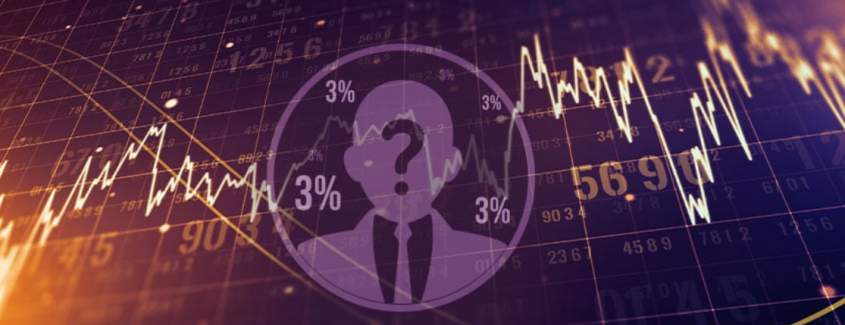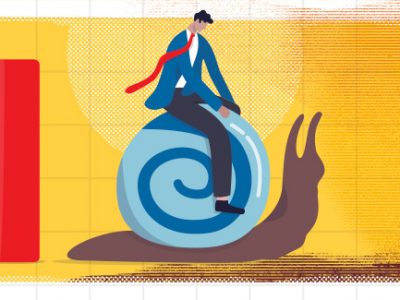
Here is an economic riddle that has been puzzling many people: Why has economic growth in the United States remained below three percent for so long?
The growth of US gross domestic product (GDP) going all the way back to 1790 has averaged less than three percent in only three decades: the 1930s (Great Depression), the 2000s, and the 2010s. In fact, the last time the US experienced over three percent growth for a single year, much less a decade, was 2005. Fifteen years of subpar growth is a long drought for any economy, and especially for the richest economy in the world.
One theory for why growth has slowed is the notion that the US economy increasingly has become more of a service economy and it is notoriously difficult to measure productivity gains in service industries. While I would be among the first to acknowledge that current techniques for measuring GDP are problematical and perhaps inadequate, there are several more obvious, less academic reasons that explain the tepid growth of recent years.
One factor is the phenomenon of American males in their prime working years choosing not to work. According to demographer Nicholas Eberstadt, there are approximately ten million healthy American males aged 25 to 54 – about ten percent of that age cohort – who have dropped out of the workforce. [Note: Since these people are not looking for work, they aren’t counted in the official unemployment rate.] The positive spin on this is that our country has attained such affluence that the economy can continue to grow (albeit more slowly) while ten million men live with Mom and Dad or with a girlfriend or some buddies, working only occasional short-term gigs to earn some pocket money. Obviously, if ten million healthy adults are resting on their oars instead of engaged in productive labor, that represents a significant drag on GDP growth.
A second factor retarding economic growth is debt. In economic terms, borrowing money to fund current expenditures shifts consumption from the future to the present. Thus, the accumulated trillions of dollars of debt taken on by individuals, businesses, and governments in the past are taking a huge bite out of consumption today as large shares of present income are necessarily diverted to debt repayment, crippling current consumption.
A third, and I believe the major retardant to economic growth, is government. Beyond the obvious and oft-publicized burdens of taxes and regulation, volumes could be filled listing counterproductive, growth-stifling government programs.
Take energy, for example: our economy has prospered over the decades from the availability of affordable energy. In recent years, though, the quixotic “green” policy of subsidizing renewable energy has meant that Americans have had to pay higher-than-market prices for energy, leaving less wealth with which to buy other goods and services.
Then there are the Rube Goldberg bundles of special-interest policies that amount to double and triple taxation on Americans. One example: federal food policy. First, Uncle Sam uses tax dollars to subsidize various foodstuffs; then government taxes us more to store the resulting surpluses while also taxing us more to provide food stamps that help poorer Americans pay for the artificially higher-priced groceries.
Some people view government as a generous economic benefactor. That perception is understandable, since the federal government dispenses some $4 trillion per year (more during the pandemic emergency) but if they would look more closely, they might notice that the price of things that government subsidizes tend to rise. (See the chart in John Mauldin’s article “Inflation Angst” from the 12/7/19 issue of his excellent free weekly letter, “Thoughts from the Frontline.”) As a general rule, free competitive markets lead to lower prices while government intervention leads to higher prices.
Looking to the near future, don’t be surprised if we see quarterly reports of GDP growth above the three percent threshold. That often happens after a severe drop in GDP such as we are currently experiencing as a result of the pandemic-induced lockdown. Longer term, though, we may not achieve sustained growth greater than three percent unless government spending shrinks, debt falls dramatically, and more healthy adults do their share to produce the wealth we all consume. What do you suppose the odds are that those changes will occur?




